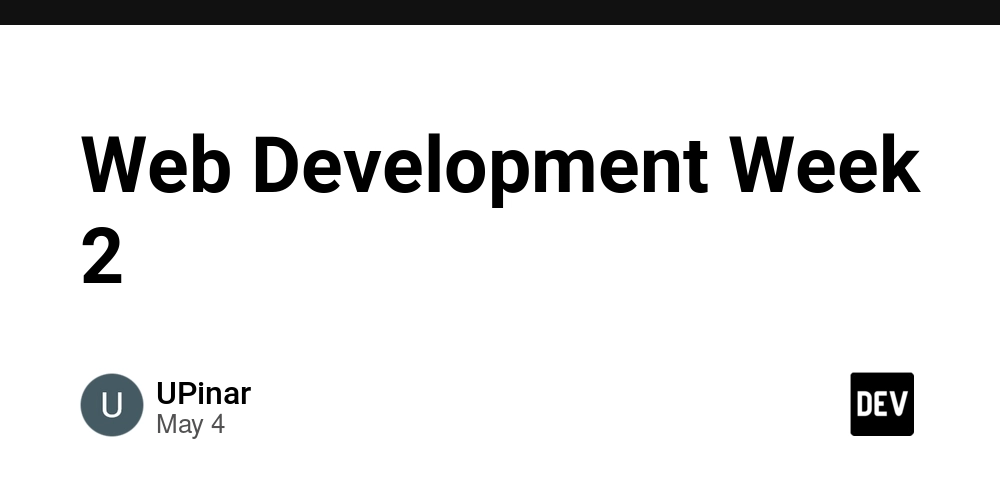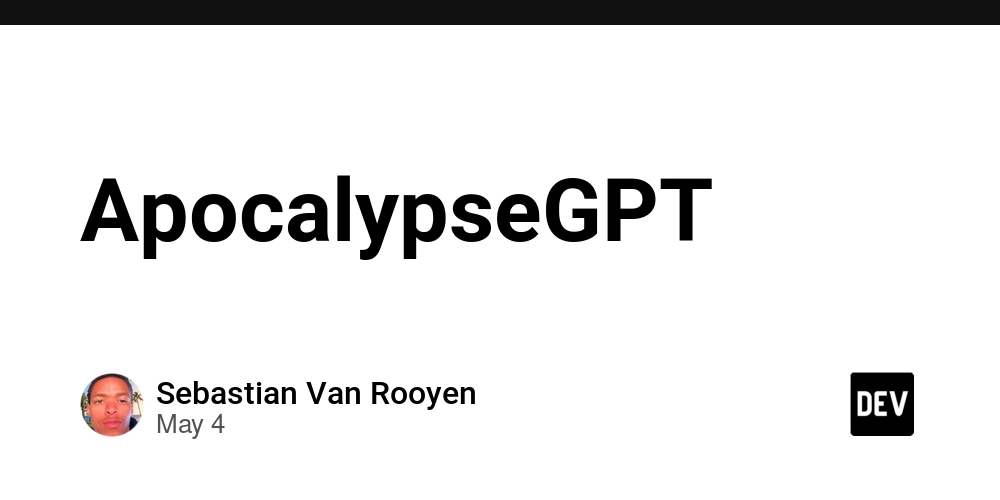Now the editors of Natural History back the non-binary nature of sex, showing their scientific ignorance
Yesterday when I criticized Agustín Fuentes’s article in Natural History trying (and failing) to show that sex isn’t binary, I gave the magazine a break. After all, it hasn’t been nearly as bad as Scientific American, and I gave it a break because it published a gazillion essays by Steve Gould (yes, some of them … Continue reading Now the editors of Natural History back the non-binary nature of sex, showing their scientific ignorance

Yesterday when I criticized Agustín Fuentes’s article in Natural History trying (and failing) to show that sex isn’t binary, I gave the magazine a break. After all, it hasn’t been nearly as bad as Scientific American, and I gave it a break because it published a gazillion essays by Steve Gould (yes, some of them were misguided, touting punctuated equilibrium, but they were all entertaining).
But now I’ve changed my mind, for I’ve learned that the editors actually published a justification in the magazine for publishing Fuentes’s piece. I guess they knew it would be controversial, and it is. It’s just flat wrong, but also misleading in a very annoying way: making points about variation within the sexes that have nothing to do with his thesis (and the title of his book from which the article was taken): “Sex is a Spectrum: Why the Nonbinary View is Problematic.” His presentation shows that some (but not all) aspects of sexual behavior, sexual dimorphism, and so on are more continuous that the discontinuous existence of the sexes themselves. In all animals there are two reproductive systems, male and females, with exceptions ranging in proportion from 0.00005 to 0.00017. And that, ladies and gentlemen, friends and comrades, is in all relevant respects a binary.
Fuentes, in other words, was attacking an argument that nobody had made, since we all realize there’s variation in sex-related traits, but his thesis was not about that. It’s about whether there is variation in the types of gametes in plants and animals (especially humans) that are the basis for defining sex (actually it’s really a “recognition” of a binary, not an a priori definition designed to impose a false binary on nature). And Fuentes uses many of the bogus tropes employed to “prove” that sex is nonbinary, even showing a photo of a bluehead wrasse, a fish that forms polygynous groups. When the alpha male dies, one female gets rid of her ovaries and develops testes, taking over the top job. But there are still only two sexes! I have to say that you have to be either ignorant or tendentious to use this animal as an argument against the sex binary, and Fuentes isn’t ignorant.
At any rate, the editors’ apologia–or rather “explanation”—is below. What burns my onions about this is their contention that “the science behind Fuentes’s thesis. . . is solid.” The claim that “the number of mating types (often called “sexes”) has been variable over hundreds of millions of years, ranging from two and sometimes three in most animals, to as many as seven in single-celled animals. . ” is wholly misleading. Well, Dear Editors, all animals and vascular plants have just two sexes (which ones have three?), though single-celled organisms, algae and fungi can have more “mating type”, which I’m okay with calling “sexes”if you want. But Fuentes and the editors, are defending the thesis that animals, including our own species, have nonbinary sex. This is not true.
Note as well that the editors have been taken in by the claim that the variability of “sexual behavior” and of “sexual activity” within and among species show that there is variability in the number of sexes beyond two. This is a false argument, as anybody who knows biology and isn’t warped by ideology should know.
What bothers me most about this editorial is the editors’ sanctimonious claim that they are acting “in the public interest” by recognizing the “science” in this debate, but the bogus-ness of that science is all on Fuentes’s side. Shame on you, editors of Natural History? Have you actually followed this debate? How can it be that the Supreme Court of the UK has apprehended and resolved this debate better than do editors of a science magazine.
This is what happens when scientists’ work is distorted by their ideology, and by now I shouldn’t have to tell you what the distorting ideology is.
Here is the editors’ preface:
h/t: Robert












































































